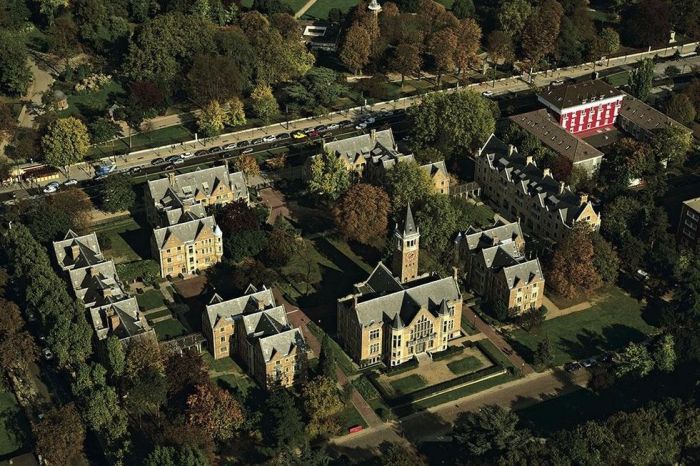|
|
Bird's-eye View Of Paris, France
|
Transport
Paris has been building its transportation system throughout history and continuous improvements are on-going. The Syndicat des transports d'Île-de-France (STIF), formerly Syndicat des transports parisiens (STP) oversees the transit network in the region.
The members of this syndicate are the Île-de-France region and the eight departments of this region. The syndicate coordinates public transport and contracts it out to the RATP (operating 654 bus lines, the Métro, three tramway lines, and sections of the RER), the SNCF (operating suburban rails, a tramway line and the other sections of the RER) and the Optile consortium of private operators managing 1,070 minor bus lines.
The Métro is Paris' most important transportation system. The system, with 300 stations (384 stops) connected by 214 km (133.0 mi) of rails, comprises 16 lines, identified by numbers from 1 to 14, with two minor lines, 3bis and 7bis, so numbered because they used to be branches of their respective original lines, and only later became independent. In October 1998, the new line 14 was inaugurated after a 70-year hiatus in inaugurating fully new métro lines. Because of the short distance between stations on the Métro network, lines were too slow to be extended further into the suburbs, as is the case in most other cities. As such, an additional express network, the RER, has been created since the 1960s to connect more-distant parts of the urban area. The RER consists in the integration of modern city-centre subway and pre-existing suburban rail. Nowadays, the RER network comprises five lines, 257 stops and 587 km (365 mi) of rails.
|
|









